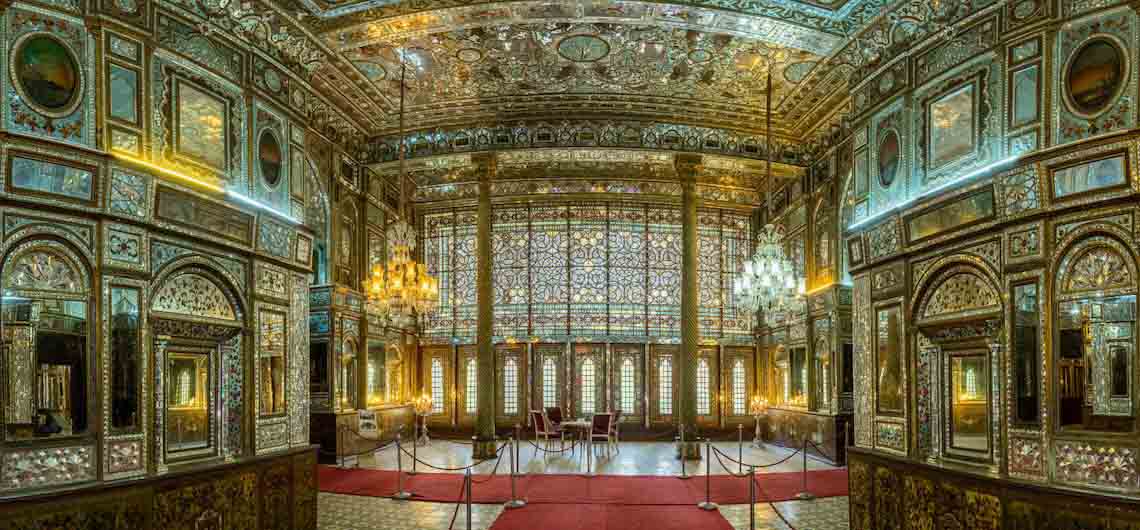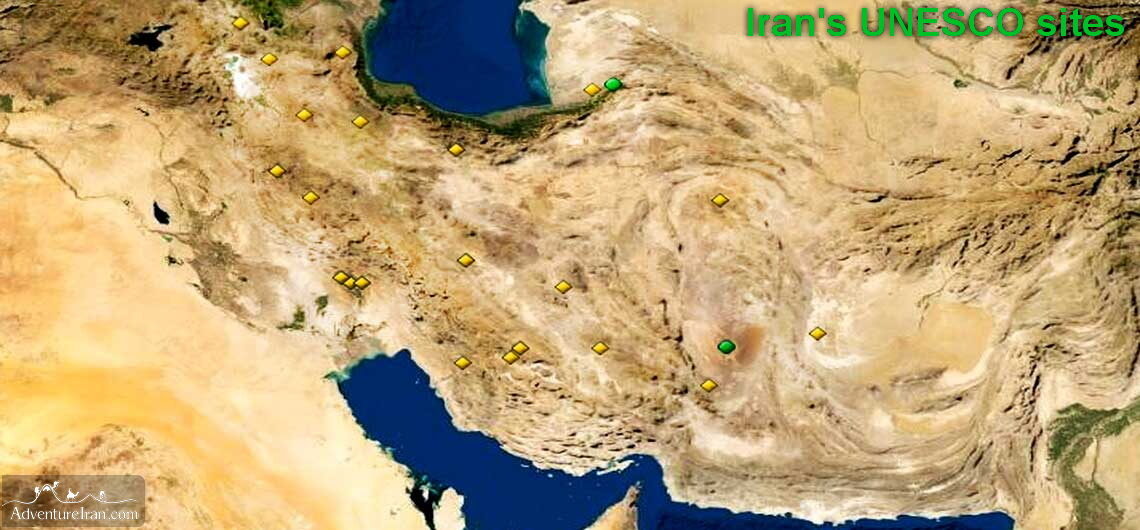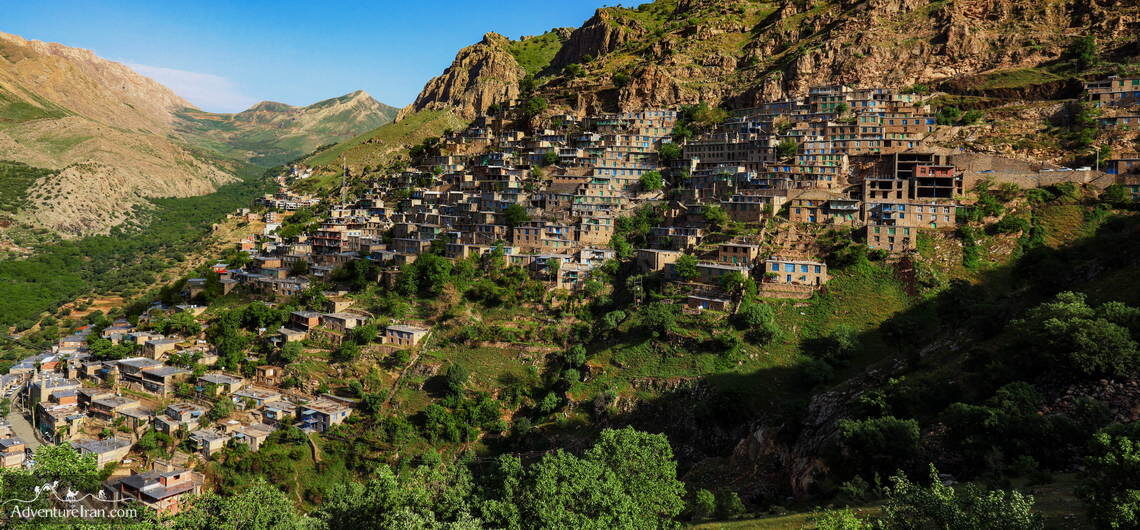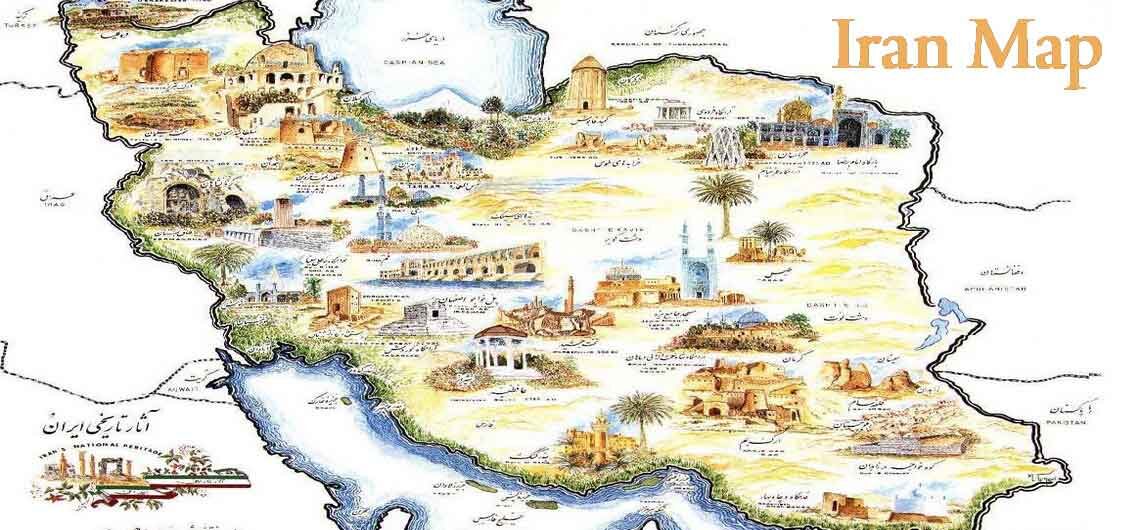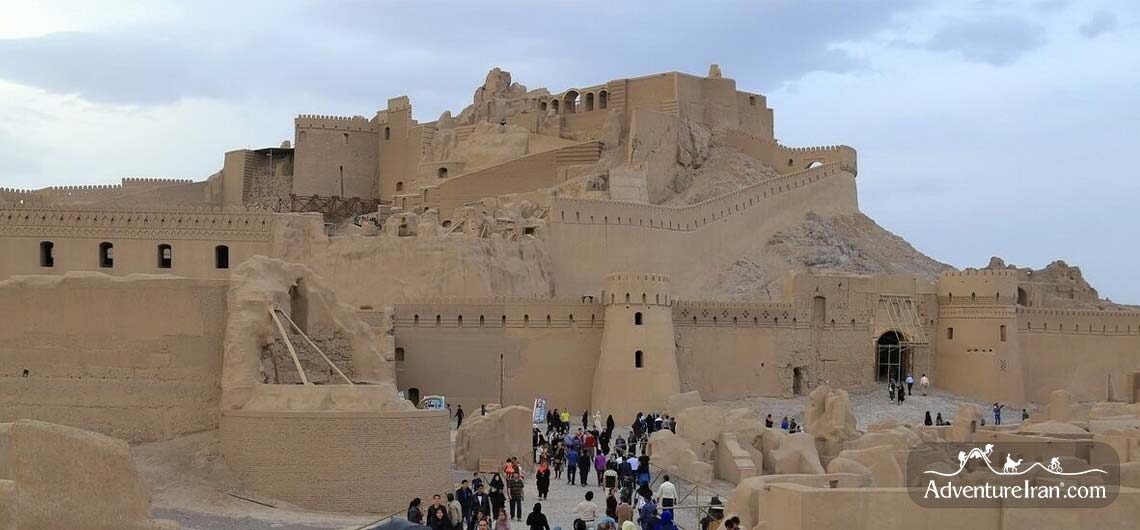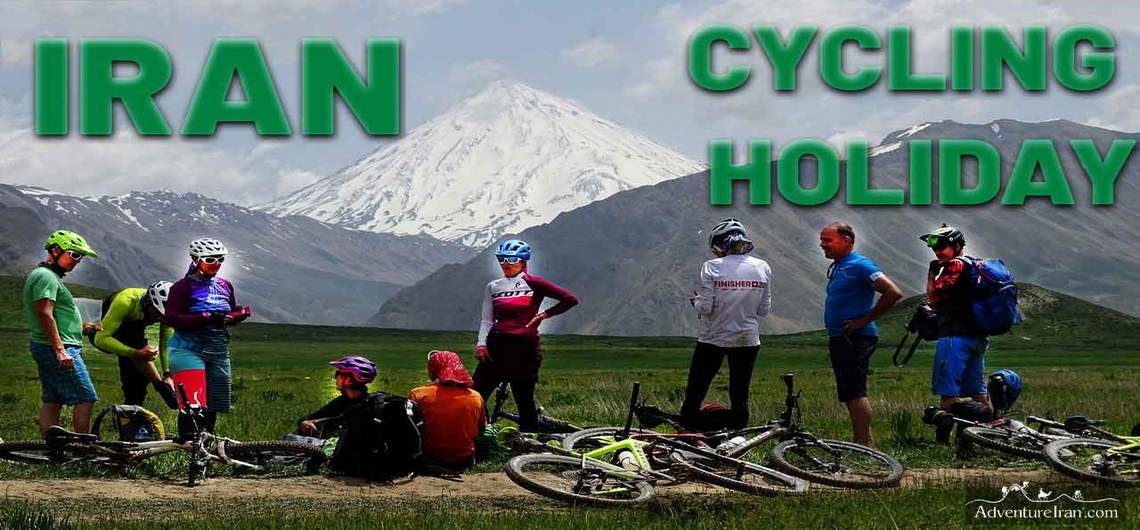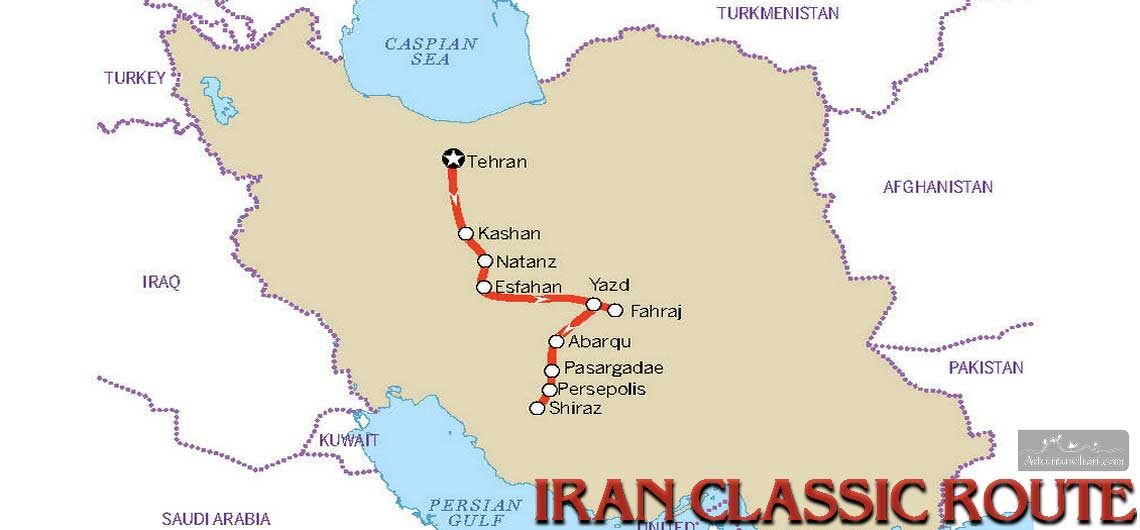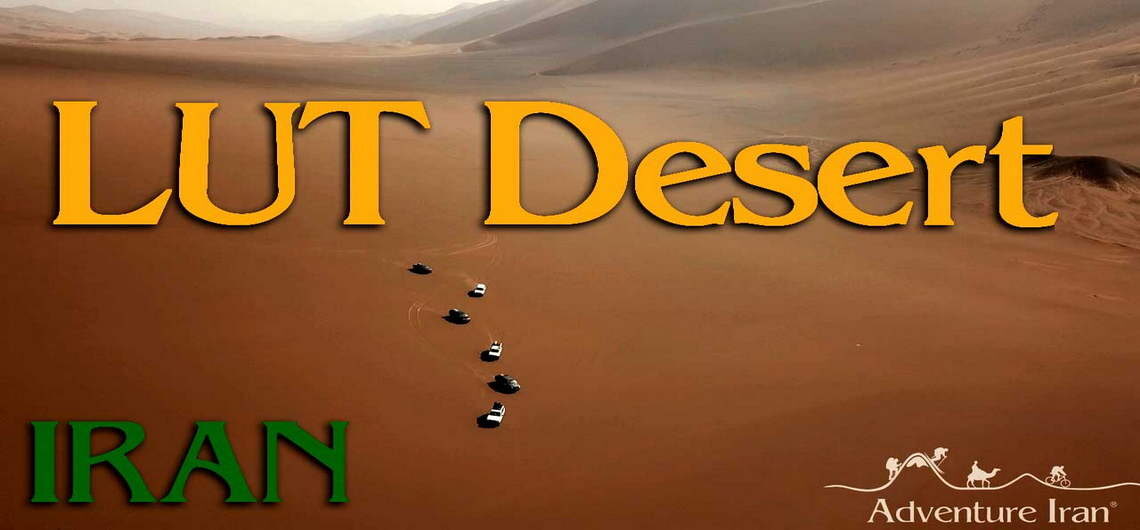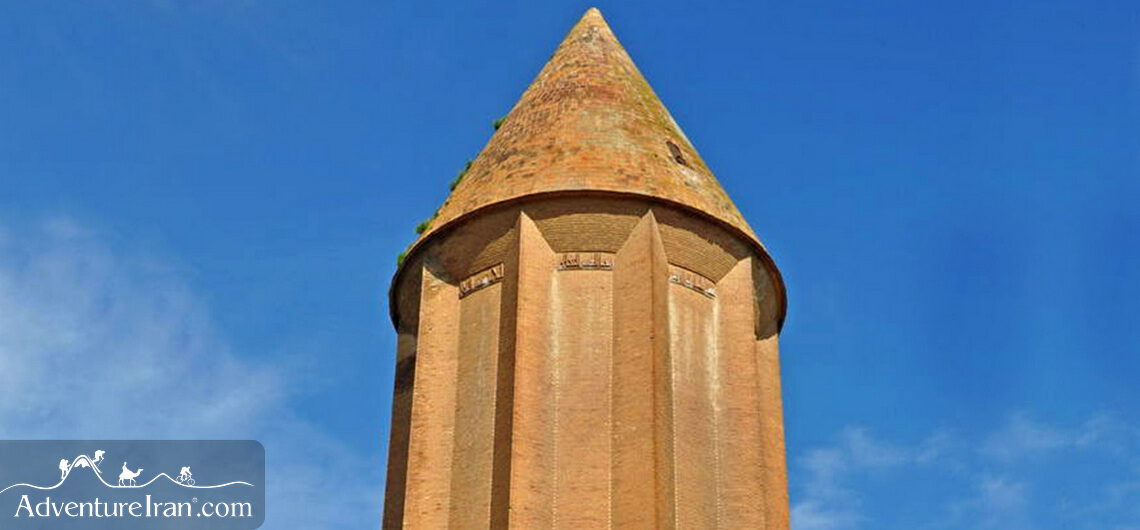Golestan Palace: Jewel of Tehran’s Cultural Heritage I. Introduction: A Regal Oasis in Tehran Nestled in the heart of Tehran, Golestan Palace stands as a testament to Iran’s rich history and cultural legacy. This opulent complex, with its stunning architecture and lush gardens, offers visitors a captivating journey through the country’s royal past. II.
7 Iran most famous UNESCO world heritage sites
- Attractions, Culture & History, Destinations, UNESCO Cultural Heritage
- Abyaneh, Chogha Zanbil UNESCO, Classic Iran, Dolat Abad Garden (UNESCO World Heritage Site), Esfahan, Golestan Palace, Hawraman UNESCO, Iran, Iran Adventures, Iran Caravanserais, Iran Classic Route, Iran Silk road, Iran UNESCO, IRAN UNESCO site, Iranian UNESCO Sites, Jame Mosque, Kashan, Naghsh-e Jahan, Pasargadae, Persepolis, Persian Gardens, Pwersian Gardens, Shiraz, Tehran, UNESCO, UNESCO World Heritage Sites, Yazd
7 Most Famous UNESCO World Heritage Sites in Iran Iran has 27 UNESCO World Heritage Sites as of September 2023, 25 of which are cultural and 2 are natural. The first UNESCO site in Iran, Tchogha Zanbil, was registered in 1979. The latest registered sites is the Persian Caravanserai, registered in September 2023 and
Oraman Takht Village (Uraman)
- Attractions, Culture & History, Destinations, UNESCO Cultural Heritage
- Hawraman, Hawraman UNESCO, Iran Destination, Iran off the beaten track, Iran photo tours, Iran photography, Iran Tour, Iran Travel, Iran UNESCO, Iranian Kurdistan, Iranian UNESCO Site, Iranian UNESCO Sites, UNESCO World Heritage Site, Uramanat
Oraman (Uraman) Takht Village in Iran (UNESCO) Oraman or Uraman-e Takht is the name of a village located in Hawraman in the Kurdish region of Iran. The Cultural Landscape of Hawraman was registered in the list of Iranian UNESCO sites in July 2021. Hawraman is the name of the valley and mountain region located within
Iran major Touristic Destinations
- Activities, Attractions, Destinations, Travel Tips, UNESCO Cultural Heritage
- Adventure Travel, Classic Iran, Desert Trekking, Esfahan, Iran, Iran Best Season, Iran Classic Route, Iran Mountain Biking, Iran Ski, iran trekking, Iran UNESCO, IRAN UNESCO site, Iranian UNESCO Sites, Isfahan, Kashan, Shiraz, Tehran, Yazd
Iran 5 Best Touristic Destinations In this article, you can read about Iran best touristic destinations and all the activities you can do in them in detail. These tourist cities are in the most popular travel itinerary of travellers during the spring season and is on the Best Iran Tours list. Iran, with 27 UNESCO
UNESCO sites of Iran: Bam and its Cultural Landscape Bam is based in Kerman province in south east of Iran. it was placed in the UNESCO world heritage sites of Iran in the year 2004. It is 1050m above sea level and have a warm and dry environment. It covers about 5175 square kilometers of
Video Story: Cycling from Shiraz to Tehran – 1st Trip
- Activities, Attractions, Culture & History, UNESCO Cultural Heritage, Videos
- Adventure Iran, Adventure Travel, Central Alborz Mountains, Cycling, Dasht-e Kavir desert, Iran cycling, Iran Cycling holiday, Iran Cycling Tours, Iran Enduro, Iran Group Tours, Iran Mountain Biking, Iran Mountain biking ho, Iran Mountain biking tours, Iran tours, Iran UNESCO, Iranian UNESCO Sites, Shiraz, Tehran
Cycling from Shiraz to Tehran 1st Trip The video is about an unforgettable long trip with a Swiss cyclist group who had dreams of traveling to Iran for many years. They were fit and with a good health condition were ready to tackle this tour. The journey started from Shiraz which is near the
Iran Classic Route The word CLASSIC got more and more popular as Lonely Planet’s travel guide books used it for all of their main destinations and routes around the globe. Most travelers, who had limited time for their holiday, preferred to follow this route to visit the most famous parts of each country. For such
Video Story: 4×4 safari Tour in Dasht-e Lut Desert
- Activities, Attractions, Videos
- 4x4 desert safari, Adventure Iran, Dasht-e Kavir desert, Dasht-e Lut, Gandom Berian, Iran 4x4, Iran Adventure, Iran Desert, Iran Desert Safari, Iran Desert Safari Tours, Iran Desert Tours, Iran Deserts, Iran Safari, Iran UNESCO, Iranian Food, Iranian UNESCO Sites, UNESCO, UNESCO World Heritage
4×4 safari Tour in Dasht-e Lut Desert In this video you can see an expedition desert safari with jeeps in the heart of Kavir-e Lut with Italian travelers. They had the Iran’s special Off the Beaten Path trip to explore unknown regions of Iran like South Khorasan as well as visiting Iran’s deserts (Dasht-e Kavir
Trans-Iranian Railway
- Attractions, UNESCO Cultural Heritage
- Iran, Iran Adventure, Iran Railway, Iran Train Tour, Iran Train Trips, Iran Trains, Iran Trains Adventures, Iran UNESCO, IRAN UNESCO site, Iranian Adventure, Iranian Adventure travel Trains, Iranian Railway, Iranian Train Journey, Iranian Trains, Iranian trains' trip, Trans-Iranian Railway, UNESCO
Trans-Iranian Railway 25th Iranian UNESCO World Heritage site (Reg. June 2021) One of the forgotten tourist attractions in Iran was traveling by train and passing through scenic areas with different climates and spectacular sceneries. Thanks to joining the UNESCO World Heritage List in June 2021 with the help of Iran’s Cultural Heritage Organization, it can
Gonbad-e Qabus in Iran (UNESCO) A small agricultural town of Gonbad-e Qabus (also pronounced Gonbad-e Kavoos or Gonbad-e Kavus) lies approx. 500km east of Mashhad, in Golestan province, Iran. It is home to the UNESCO World Heritage Site under the same name- the spectacular Gonbad-e Qabus brick tower. According to the two Kufic inscriptions encircling

